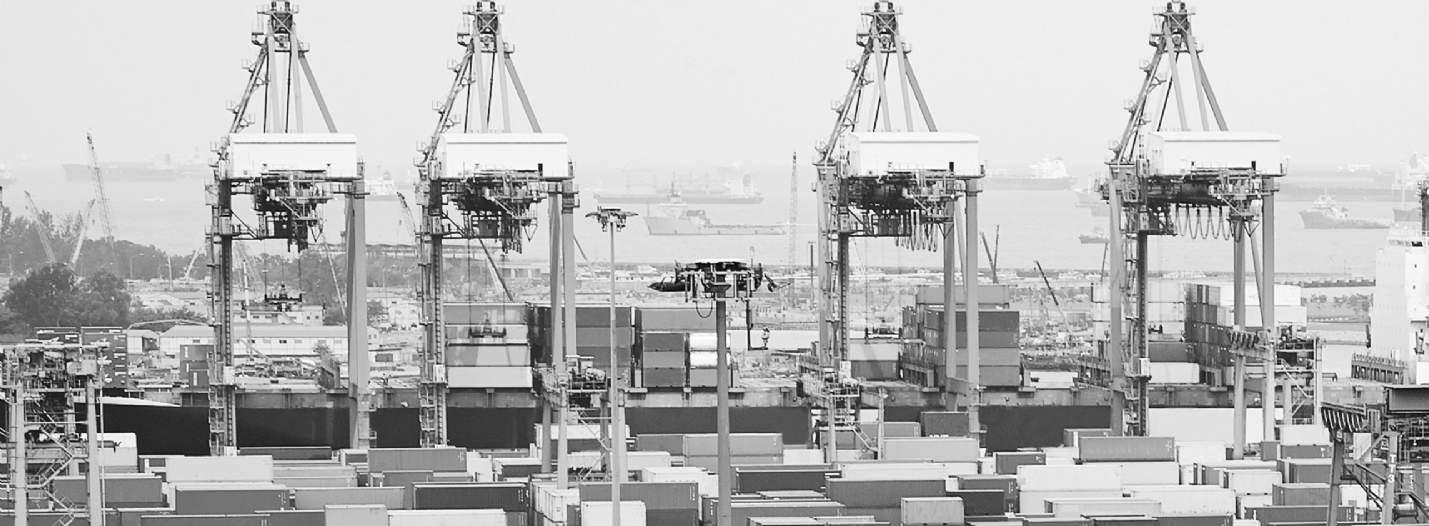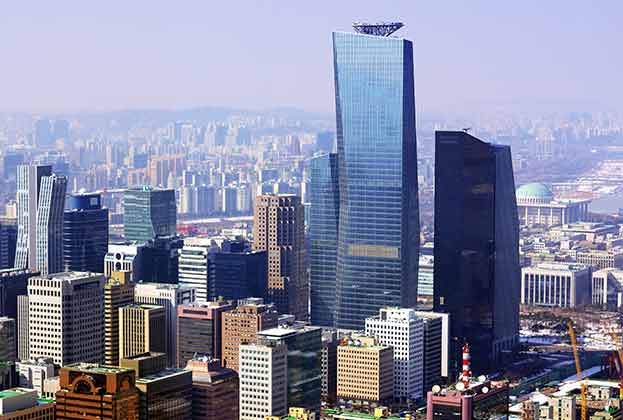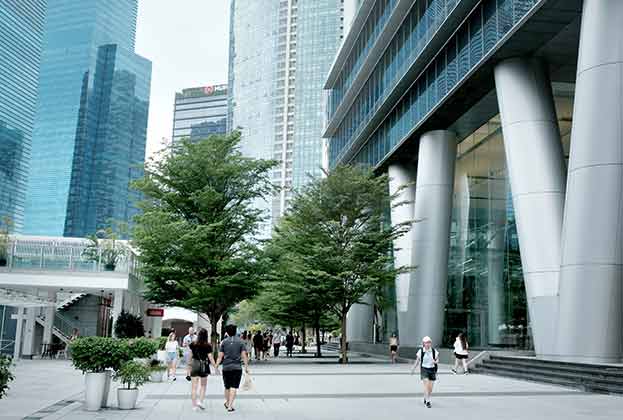A recession in global consumer goods demand and world trade present significant downside risks to logistics occupational markets, although low vacancy rates provide some cushion to landlords
Investment in the global logistics and industrial markets surged to unprecedented levels in the past two years, reaching a historic peak in the first quarter of 2022. However, the momentum shifted in the first quarter of 2023, as transaction activity experienced a significant decline with a year-on-year fall of 57%. This downturn can be attributed to swift fluctuations in interest rates, resulting in price corrections and constraining the number of successful transactions.
Despite the downturn, investor confidence in the sector remains relatively resilient. Turnover in the first quarter was just 5.8% below the ten-year average. This suggests that market activity is normalising after the recent frenzy, reflecting a return to a more stable and sustainable level.
Nevertheless, investment criteria are becoming more stringent, with a focus on best-in-class assets and price-adjusted value-add opportunities. The market is in a state of anticipation, awaiting stability on the macroeconomic environment. Once there is more clarity around pricing levels and interest rates, we anticipate an uptick in activity. This is already evident in the UK.
A cautious recovery in sentiment
Inflation has peaked, and interest rates will soon reach a crescendo. Europe survived the winter without rationing energy, US consumers continue to spend pandemic-era excess savings, and authorities in China have relaxed tight Covid-19 restrictions, supporting a rebound in domestic activity. This improvement in the economic outlook has supported a recovery in risk sentiment, and equity markets have recouped some of the losses of last year, with the MSCI World All Cap Index rising by 6.5% in Q1.
Yet there remains a sense of foreboding that more pain is on the horizon. Markets are skittish as a result, and measures of volatility remain elevated. The IMF expects a soft landing. Economists and policymakers generally agree. But dissenters refer to this outlook as the ‘immaculate disinflation scenario,’ which hints at a potential lack of realism from consensus forecasters. Indeed, history suggests that recession is a pre-requisite to tame ‘sticky’ inflation, and past periods of rapid monetary policy tightening have mostly ended in pain.
However, history is also a poor predictor of the future, and there remains no obvious catalyst for a more severe economic downturn in this cycle. Even a crisis in the US banking system, arguably the most systemic sector in the global economy, looks unlikely to materially shift the outlook. Forecasting is a futile exercise, but conditioned on the information available to us now, a soft landing remains the most likely outcome. But the most likely outcome can still be a low probability scenario, and recent events highlight the risk of a black swan.
Context is everything
The recovery in global risk sentiment is yet to feed into investment activity in commercial real estate, which slowed down significantly in the first quarter of the year. The logistics sector was no exception, with the US$34.8 billion of logistics assets transacted globally representing a 57% decline in comparison with the US$81.0 billion in Q1 last year. But while this headline represents the steepest decline in investment since the height of the GFC nearly 14 years ago, it is important to consider base effect following exceptionally high levels of activity over the past two years.
The US was the overwhelmingly largest market – accounting for more than 50% of global volumes in Q1 – followed by Canada and the UK. In the Asia Pacific region, Japan recorded the highest transaction volume, followed by China and South Korea. Institutional investors and REITs were net sellers of assets, which reflects their cautious approach in the current market conditions. Cross border investors were the most active buyer group with positive net acquisitions, accounting for nearly 40% of global transactions, followed closely by private investors. There was more liquidity for smaller lot sizes as a consequence – with the average deal size falling by around one-fifth compared with the last few years – while portfolio transactions dropped by 69% on the year.

Adaptive expectations
Despite the limited transaction evidence, it is clear that property prices are adjusting to the changing market conditions. The largest corrections this quarter were noted in the US sub-markets at 75 bps, as well as the Seoul Metropolitan area at 80 bps. The only markets where pricing remained stable were Tokyo, Singapore, and Dubai. In Tokyo, the risk premium remains high, supported by the low interest rate environment, while prime yields in Singapore and Dubai were higher, at 7.0% and 7.4%, respectively, comparing favourably to other asset classes and offering healthy cash-on-cash returns of over 6%.
Investors are adapting to the shift towards higher interest rates, and they anticipate slower rental growth in the mid-term due to the weaker economic backdrop. As a result, they have adjusted their underwriting processes to reflect this new reality. Seller expectations are also slowly adapting to the shifting market dynamics. However, additional repricing is probably necessary to stimulate market activity.
Interest rates remain a key driver of pricing expectations, and we anticipate further outward yield movements in 14 out of the 16 markets that we cover in this report over the next 12 months
Oliver Salmon, Global Capital Markets, World Research
London stands as the outlier in this context, benefiting from swift repricing that has supported investor confidence and market liquidity. Healthy market fundamentals, including an increasing number of inquiries and a limited development pipeline, further enhance investor demand with UK funds and institutions beginning to re-emerge with active buy-side requirements. As a result, the benchmark yield for a prime asset in London experienced a 25 bps compression this quarter, settling at 4.75%. Moving forward, we anticipate yields to move in further over the next 12 months.
Eyes on the prize
Interest rates remain a key driver of pricing expectations, and we anticipate further outward yield movements in 14 out of the 16 markets that we cover in this report over the next 12 months. The exceptions are London, as mentioned, and Tokyo, where we expect yields to remain stable.
Stability and growth of income are the most important factors for investment strategies going forward. A soft landing of the global economy remains the baseline, but a consumer-led slowdown provides a heightened risk to the occupational market for logistics, which is inextricably linked to retail sales and global goods trade, both of which are already in recession. In the US, for example, net absorption hit a 2 ½ year low this quarter.
In this context, investors should remain focused on the reasons why so many were attracted to the sector in recent years – including the rise of e-commerce, investment in green technologies, and the relocation of major manufacturing firms – all of which will continue to support a growing need for fulfilment centres, distribution hubs, and last-mile delivery facilities in the future. Many markets do not have sufficient supply to accommodate future requirements; with the exception of Shanghai, which has seen significant supply onboarding in recent years, vacancy rate rates are generally low across all markets covered in this report, with Sydney virtually out of free space.
Read the articles within Taking Stock: Capital Markets Quarterly – Q1 2023 below.




